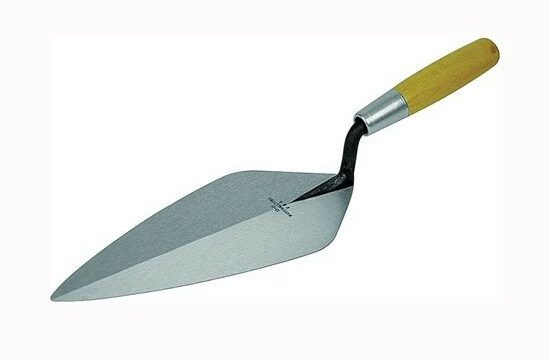What You Should Know About Charging Battery-Powered Outdoor Tools
Battery-powered tools are gaining popularity for their convenience, efficiency, and eco-friendly attributes. In fact, some jurisdictions like Washington DC and Montgomery County MD are forcing the switch to batteries. Whether you’re a professional landscaper or a homeowner passionate about gardening, investing in battery-powered outdoor power tools can transform your approach to outdoor projects. However, to fully benefit from these tools, it’s crucial to know the proper charging techniques.
Understanding the Importance of Proper Charging
Before delving into the specifics of charging battery-powered outdoor tools, it’s crucial to grasp why proper charging is essential. Unlike traditional gas-powered equipment, battery-powered tools rely on rechargeable lithium-ion batteries to function. These batteries offer several advantages, including lower noise levels, reduced emissions, and decreased maintenance requirements. However, to ensure optimal performance and longevity, it’s vital to adhere to best practices when charging these batteries.
Choosing the Right Charger
The first step in effectively charging battery-powered outdoor tools is selecting the right charger. Most manufacturers provide chargers specifically designed for their tools’ batteries. While it may be tempting to use a generic charger or one from a different brand, doing so can compromise battery performance and safety. Always use the charger recommended by the tool’s manufacturer to avoid potential damage and ensure compatibility.
Understanding Battery Types and Compatibility
Battery-powered outdoor tools utilize different types of batteries, with lithium-ion being the most common due to its high energy density and rechargeability. However, within the realm of lithium-ion batteries, there are variations in voltage, capacity, and form factor. It’s essential to use batteries that are compatible with your specific tool to prevent damage and optimize performance. Check the tool’s manual or consult with the manufacturer to determine the appropriate battery type and specifications.
Charging Procedures and Best Practices
Please consult the manufacturer’s guidance for your specific battery system. This guidance is often common, but not universal:
- Fully Deplete and Recharge Initially: When using a new battery or one that has been in storage for an extended period, it’s advisable to fully deplete and recharge it several times to condition the cells and maximize capacity.
- Avoid Overcharging: Overcharging lithium-ion batteries can lead to reduced battery life and potential safety hazards. Most modern chargers incorporate safeguards to prevent overcharging, but it’s still essential to avoid leaving batteries connected to chargers for extended periods unnecessarily.
- Charge at Room Temperature: Lithium-ion batteries perform best when charged at room temperature (around 20-25°C or 68-77°F). Charging batteries in extreme temperatures can affect performance and longevity.
- Monitor Charging Progress: Keep an eye on the charging progress and promptly disconnect the battery once fully charged. Prolonged charging beyond full capacity can stress the battery and compromise its lifespan.
- Store Batteries Properly: When not in use, store batteries in a cool, dry place away from direct sunlight and extreme temperatures. Avoid leaving batteries in a discharged state for extended periods, as this can lead to capacity loss.
Charging battery-powered outdoor tools correctly is essential for maintaining their performance, longevity, and safety. By following the guidelines outlined and adhering to best practices, you can ensure that your battery-powered tools are always ready for action when you need them. Invest in quality chargers, use compatible batteries, and follow proper charging procedures to make the most out of your outdoor power equipment and enjoy hassle-free outdoor maintenance for years to come.

Outside SalesRick Willis
Latest News
4 Features That Makes Masonry Supply Company Stand Out
A masonry supply company plays a crucial role in the success of construction projects, providing essential materials and expertise to […]

Choosing The Right Size Lintel For Your Project
Determining the correct size of a lintel is critical for the stability and longevity of your construction project. A lintel […]

Data Misses on Embodied Carbon
There is significant urgency to avoid, reduce, or even reverse the emissions of greenhouse gases (CO2e) to avoid the worst […]

4 Masonry Tools You Should Have At Home
Effective and efficient masonry work, whether for repairs or new projects, requires the right tools. At home, having a basic […]
